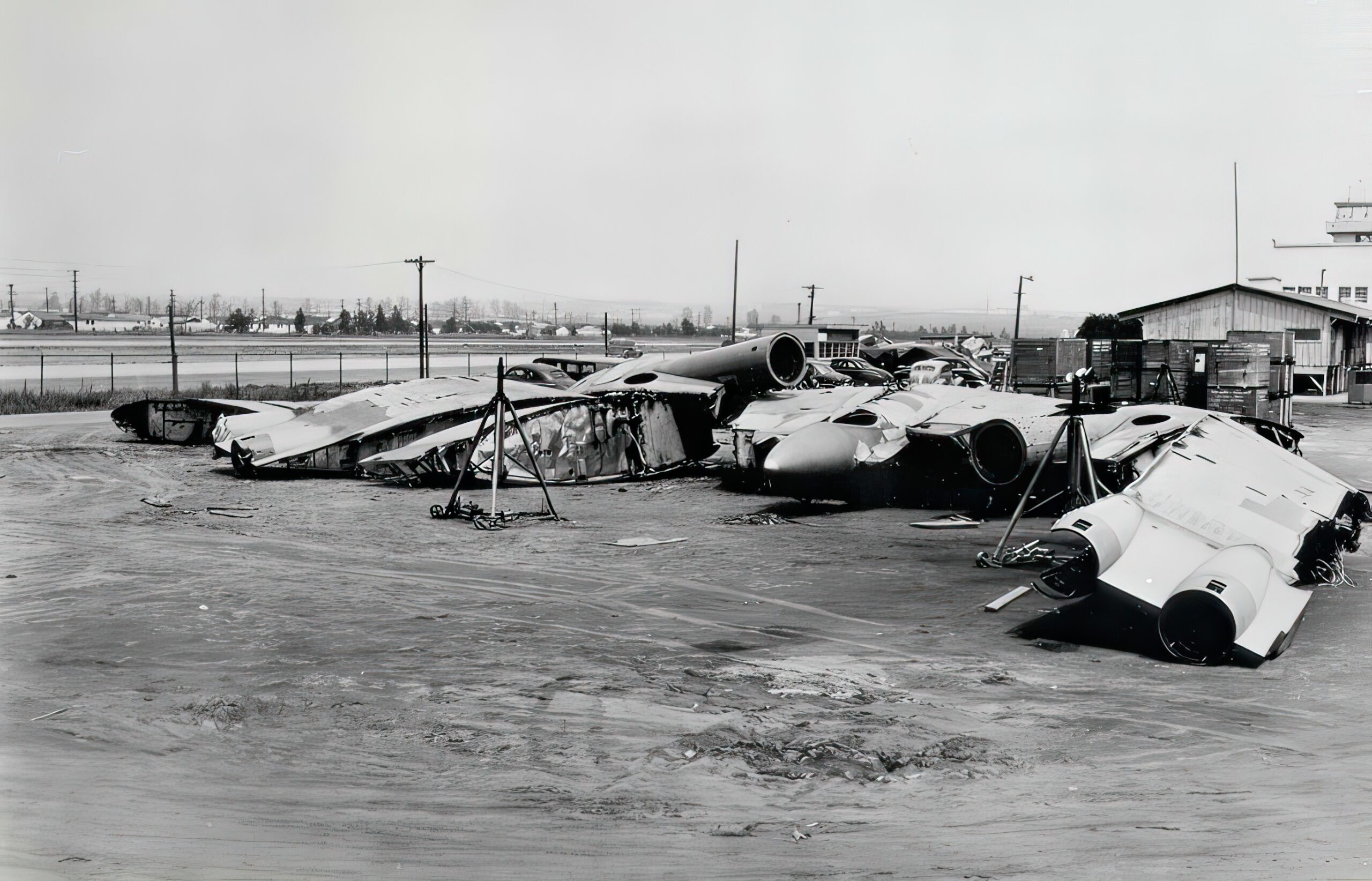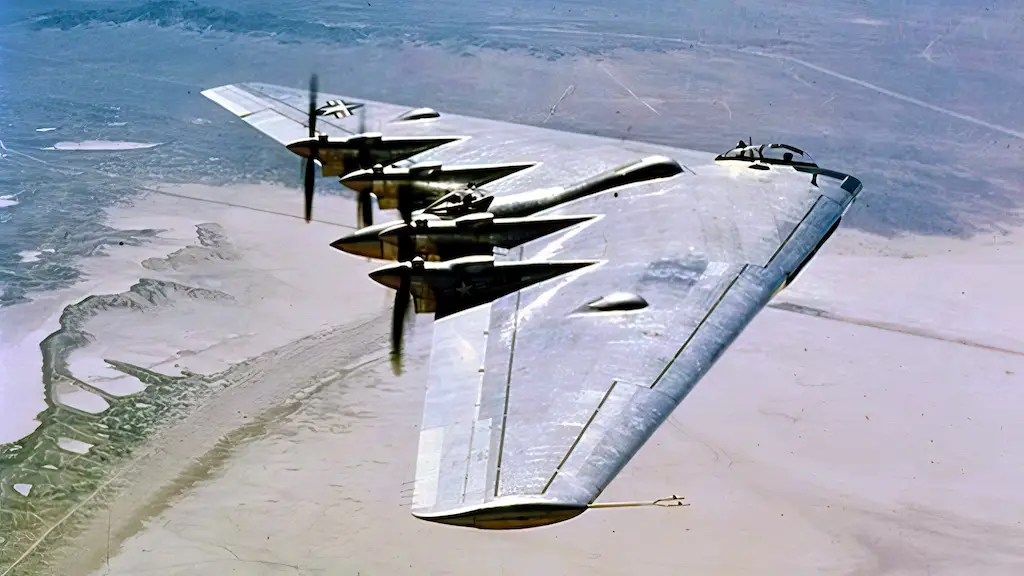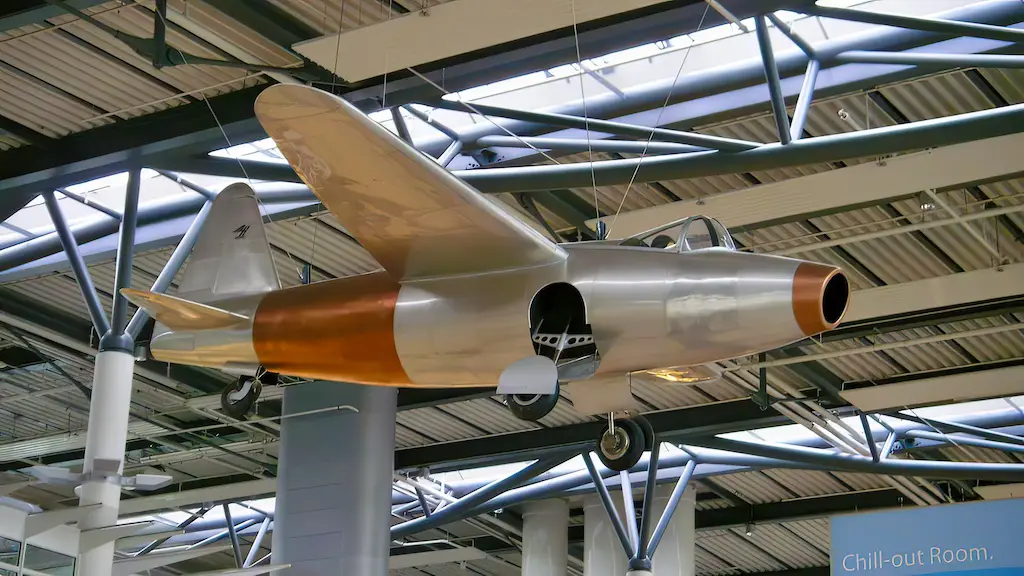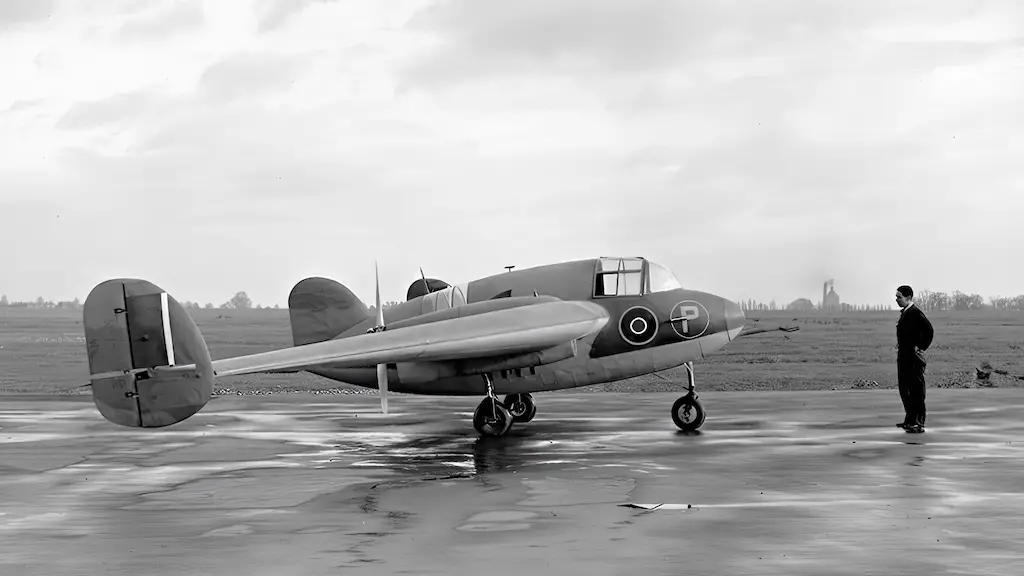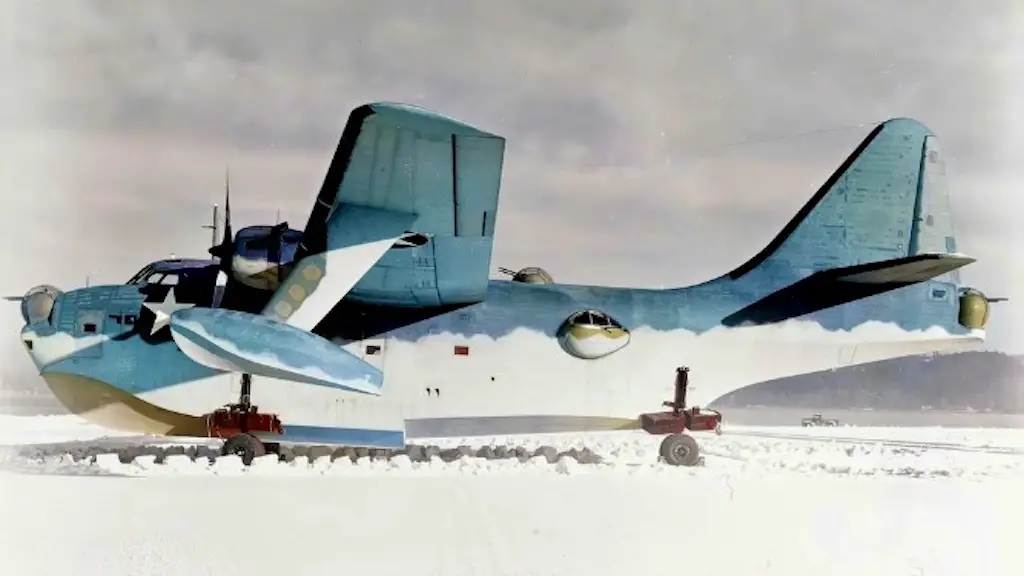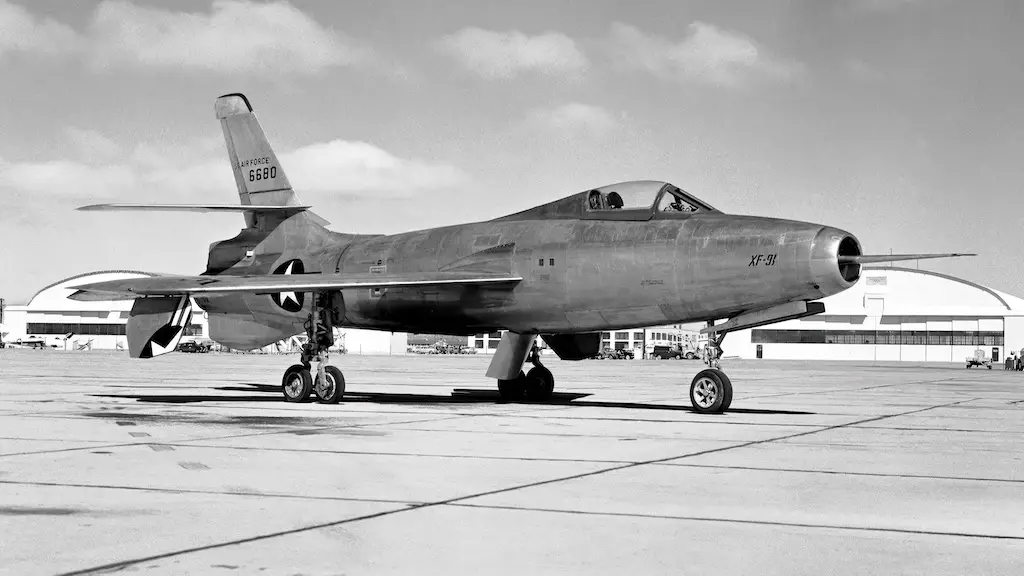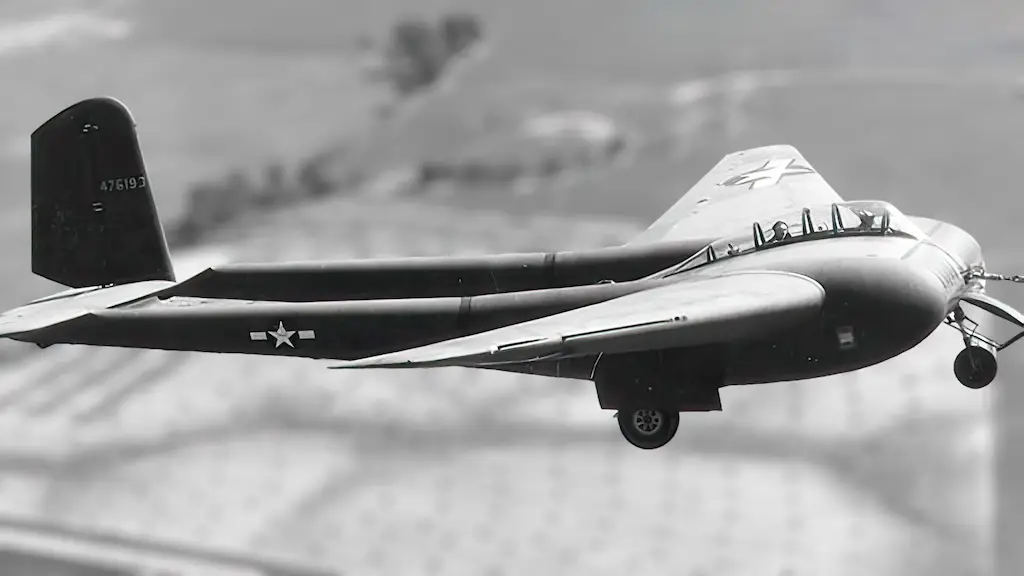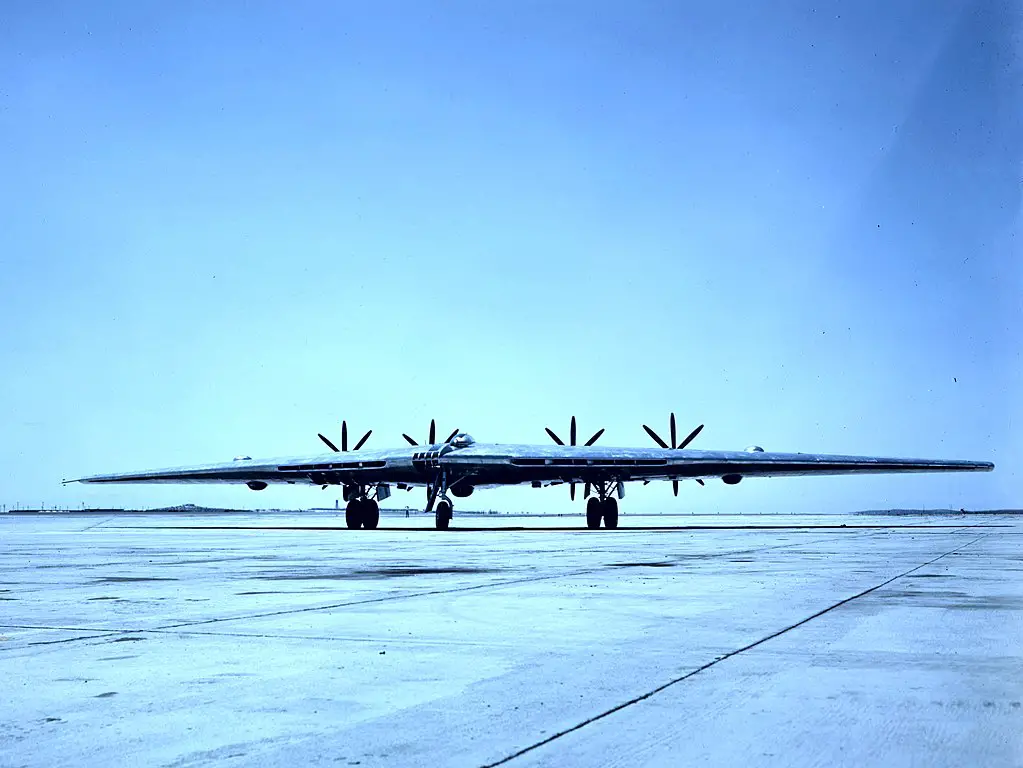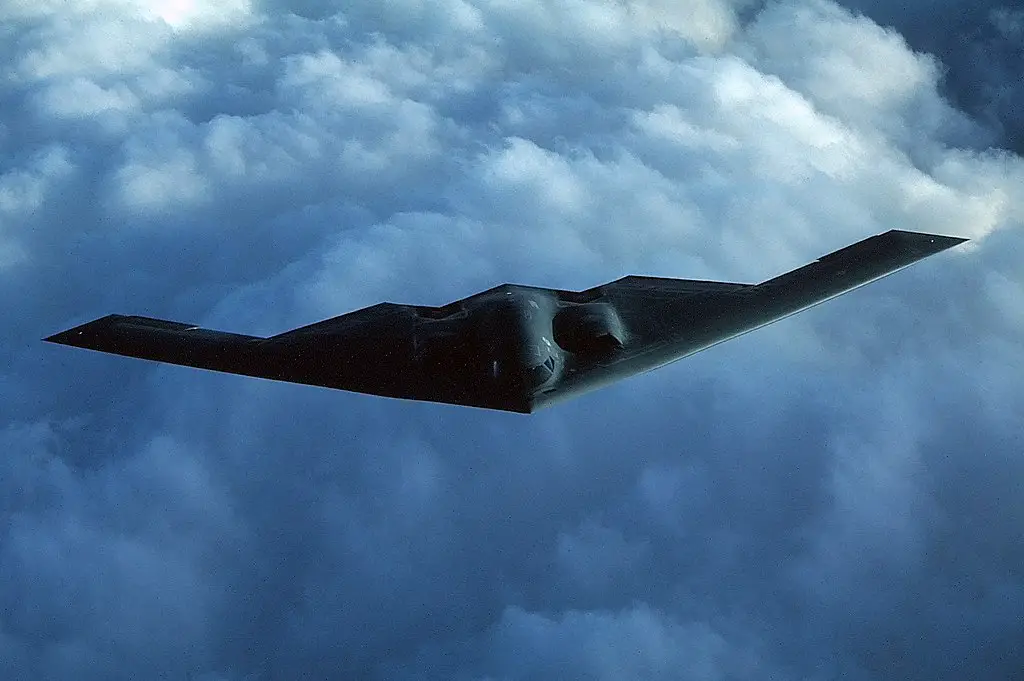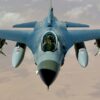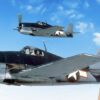The Vision of John K. Northrop
The Northrop YB-35 was a pioneering aircraft that showcased the ingenuity of human engineering and the relentless pursuit of innovation in aviation. This unique flying wing, designed by the legendary John K. Northrop, aimed to deliver an aircraft with unmatched range and payload capabilities in the mid-20th century. Despite the project’s ultimate failure, its legacy as an ambitious endeavor and its influence on modern aviation is undeniable.
When the US Army Air Corps began their quest for a long-range bomber in the late 1930s, they had no idea that the innovative Northrop Corporation would step up to the challenge. John K. Northrop, the company’s trailblazing founder, passionately believed in the potential of flying wing designs. He envisioned an aircraft with seamless integration of the fuselage, wings, and tail to improve aerodynamic efficiency and reduce drag compared to conventional planes.
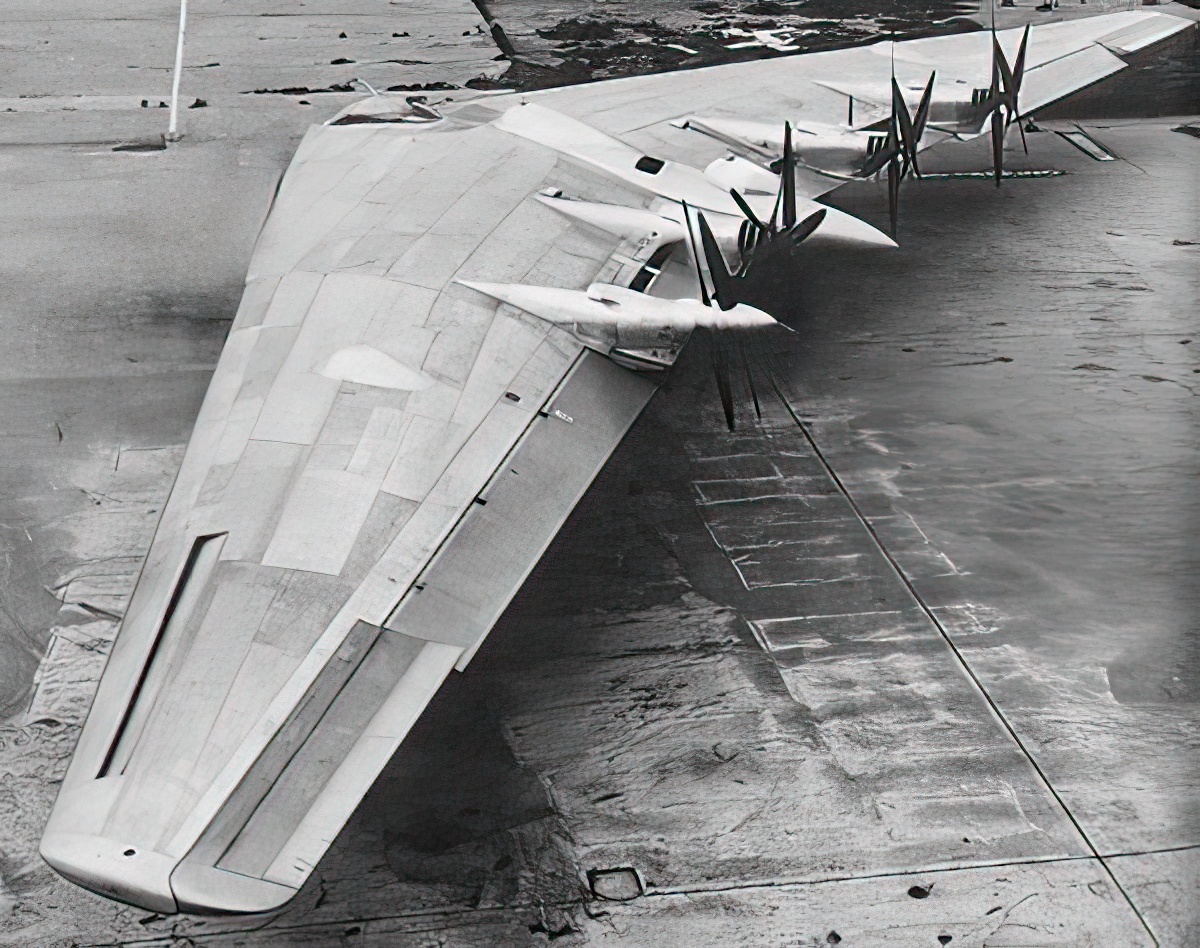
Challenges of Implementation
Energized by John Northrop’s vision, his team dedicated themselves to bringing the groundbreaking design to life. By 1941, they had crafted a full-scale mock-up of the aircraft, named the XB-35. With its impressive 172-foot wingspan and projected range of over 10,000 miles, the XB-35 was a marvel of its time. However, the outbreak of World War II led to the diversion of resources to support the war effort, resulting in unfortunate delays for the YB-35 project.
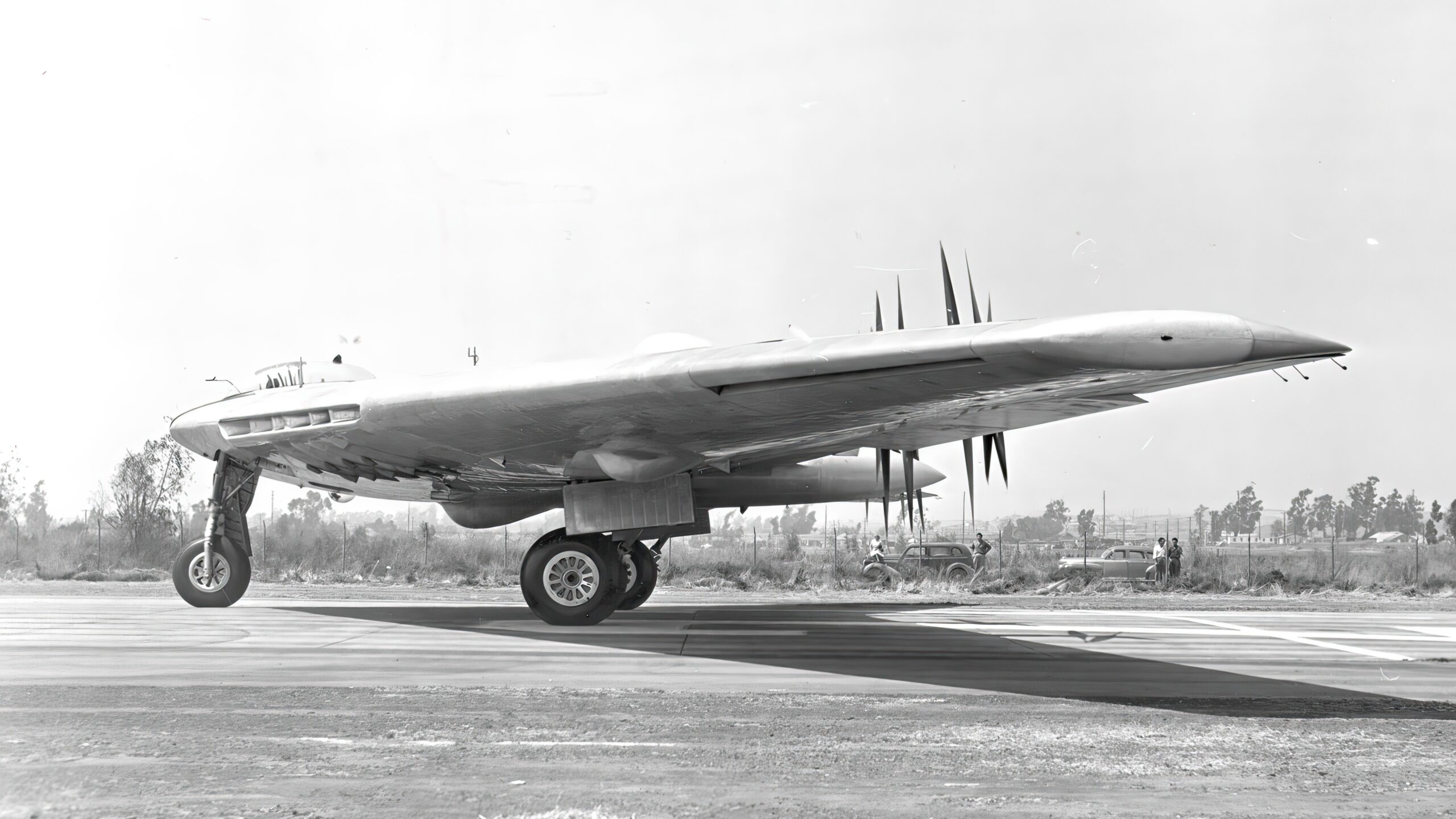
Once the war ended, the US military couldn’t help but renew their interest in the YB-35. June 1946 saw the first prototype soaring through the skies. The aircraft showed promise during its initial test flights, as its groundbreaking design exhibited stability and maneuverability. However, the YB-35’s unique appearance brought its fair share of technical hurdles. Engineers found it especially challenging to integrate the aircraft’s engines, landing gear, and other crucial systems into the unconventional design.
Another major stumbling block for the YB-35 was its propulsion system. The initial design relied on four piston engines with contra-rotating propellers, which unfortunately turned out to be unreliable and prone to vibration. In an effort to resolve these issues, Northrop created a jet-powered version called the YB-49. Despite the improvements, the project still struggled with delays and mounting costs.
Legacy and Impact
The military’s shifting priorities ultimately led to the YB-35’s downfall. The atomic age’s dawn and the rapid advancement of jet engines prompted a reevaluation of the US Air Force’s needs. Instead of focusing on the long-range capabilities the YB-35 offered, the emphasis shifted to high-speed bombers capable of penetrating enemy air defenses. As a result, the project came to an end in 1949.
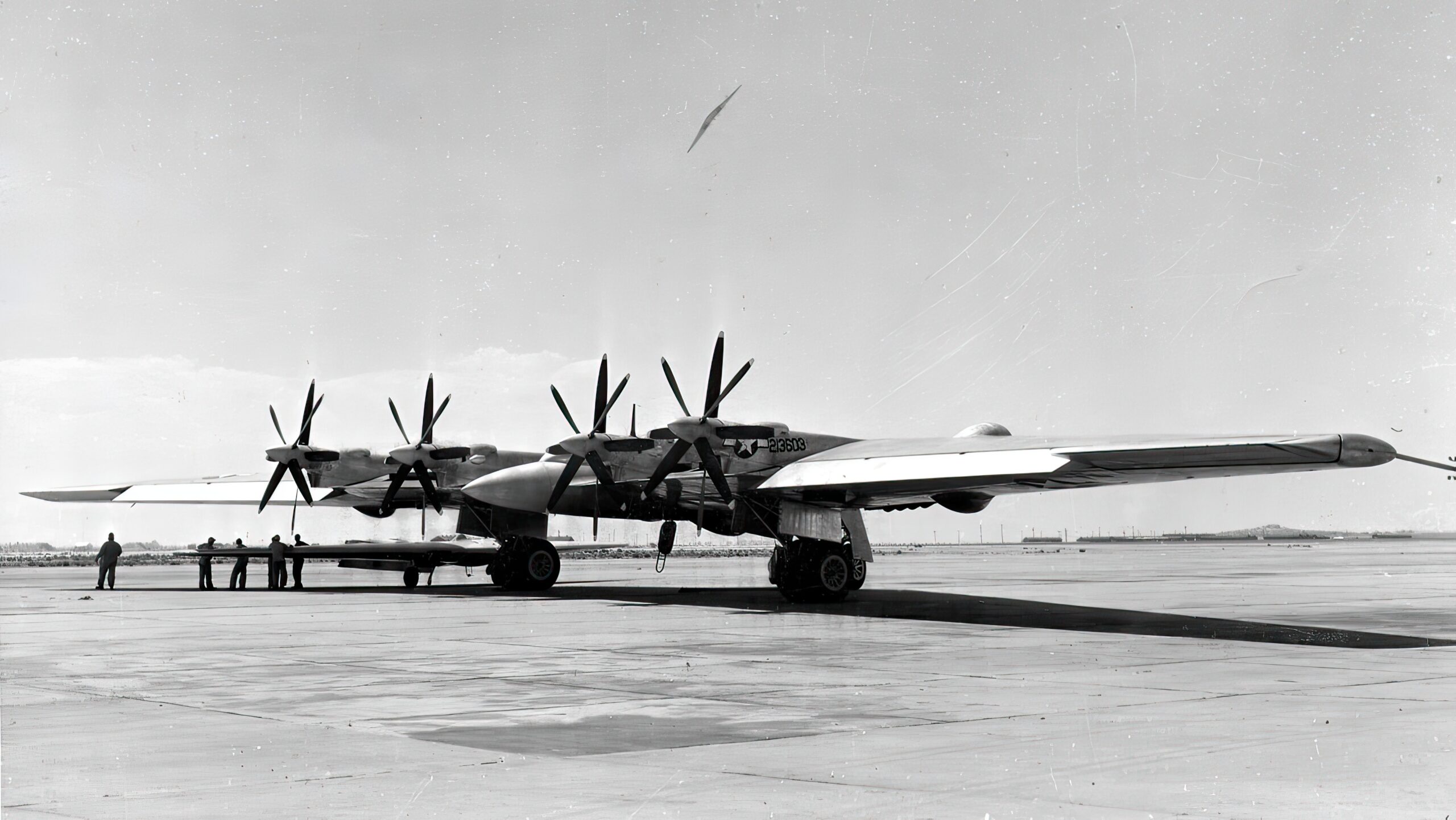
However, the YB-35’s spirit continues to inspire. The lessons learned and the technological advancements it sparked have left a lasting impact on aviation history. The aircraft’s revolutionary design played a crucial role in developing the B-2 Spirit Stealth Bomber, another flying wing design that now serves as a cornerstone of the US Air Force’s arsenal. The YB-35 stands as a powerful testament to the daring and inventive spirit of aviation pioneers like John K. Northrop, reminding us of human ingenuity’s incredible potential.
The Northrop YB-35 was a bold and visionary project aiming to revolutionize aviation through its unique flying wing design. Although the project faced numerous challenges and ultimately met cancellation, its legacy lives on in modern aircraft like the B-2 Spirit Stealth Bomber. The YB-35 serves as a powerful reminder of the boundless potential of human ingenuity and the relentless pursuit of progress in the field of aviation.
